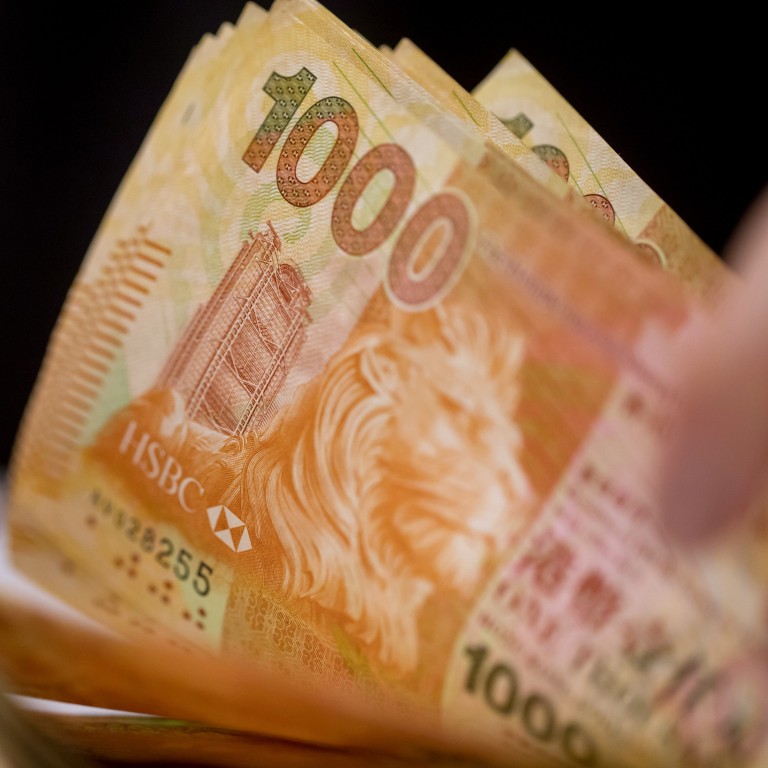
How can Hong Kong investors best protect against inflation? High-yield bonds may provide the answer
- About one-third of developed-market government bonds are trading at negative yields now. This essentially means paying a government for the privilege of borrowing money from it. But some believe bonds can still deliver capital gains
Inflation in Hong Kong stood at 3 per cent in July. Given that most Hong Kong dollar savings accounts are paying close to zero interest, savers are effectively being robbed by the silent thief of inflation. For every HK$10,000 in a savings account, you lose HK$1 in purchasing power every day. This may not sound like much, but it all adds up when investment prospects are becoming more challenging.
If it is any consolation, Hongkongers are not the only ones facing poor cash returns. Europe and Japan are, too. While most European banks are avoiding charging depositors, the interest rate environment is becoming more difficult. One Danish bank recently started charging negative interest rates on deposits of more than 7.5 million kroner (HK$8.8 million). Some Swiss banks may also start doing the same this year.

Trump keeps taking aim at a China that no longer exists
Following a recent dramatic fall in bond yields, about one-third of developed-market government bonds are trading at negative yields. Negative-yielding bonds, if held to maturity, are guaranteed to impose a loss.
Several countries in Europe, including Germany, Denmark, Finland and the Netherlands, have entire government bond yield curves in negative territory. The Japanese government can issue a 10-year bond and earn 0.3 per cent interest every year from investors.
This phenomenon also extends to some extent to the corporate bond market. For investors, buying a bond at a negative yield means the price you pay for the bond now is higher than the nominal value of the bond, plus any interest. Others see it as essentially paying a government for the privilege of borrowing money from it.
This may sound ludicrous, but there are reasons for investors to accept this seemingly bad deal. First, some institutional investors, such as pension funds and insurance companies, have investment mandates that prescribe the types of financial assets they can invest in. Due to their low volatility and highly liquid nature, government bonds are a critical part of portfolio construction for institutions.
Second, some investors may believe interest rates and bond yields can fall further and deliver capital gains via a rise in bond prices.
No need to panic despite bond market’s recession warning
Much of the negative-yielding debt is currently trading in Europe and Japan. However, if the world’s biggest bond market, the US, also starts to see negative yields, it could fundamentally change the investment landscape. We are nowhere near this, but we should not rule it out, either. Former Fed chairman Alan Greenspan recently said that there is no barrier to bond yields turning negative in the US.
This could prompt more institutional investors to review their mandates and possibly take greater risks on lower-quality bond issuers or lock up their capital for longer to earn a liquidity premium.
For Hongkongers, similar tools can be relied on to deal with purchasing-power erosion. Asian fixed income and US and Europe corporate debt are potential beneficiaries of this drop in yields.
Tai Hui is chief market strategist for the Asia-Pacific at J.P. Morgan Asset Management

